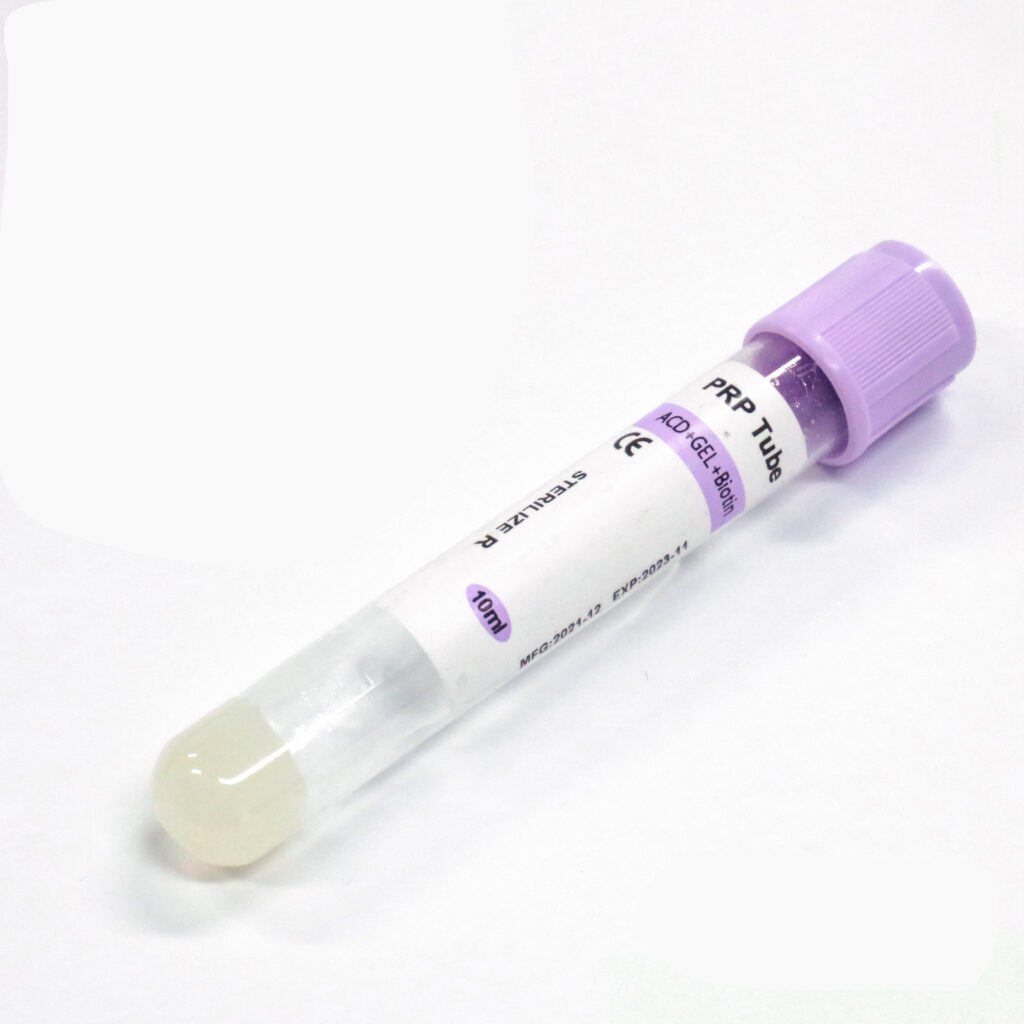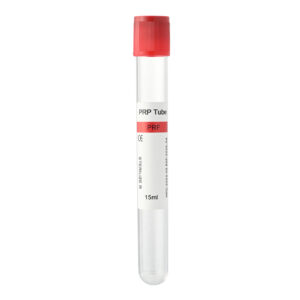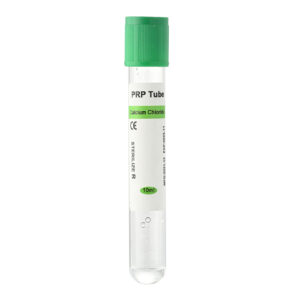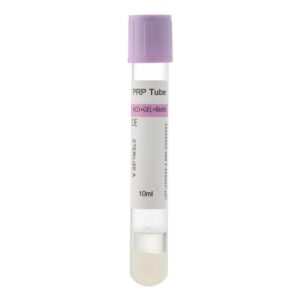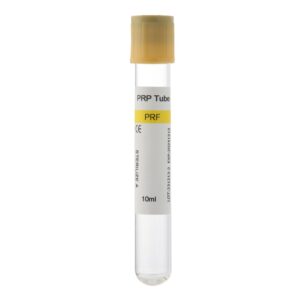How Many PRP Treatments Do I Need? PRP, or Platelet-Rich Plasma, is an advanced regenerative medical treatment using concentrated platelets and plasma derived from a patient’s blood to promote tissue repair and regeneration. Platelets play a crucial role in blood clotting and healing, as they are rich in growth factors and other bioactive substances that stimulate cell repair and regeneration. PRP has widespread use in various fields, including aesthetics, orthopaedics, and dermatology.
In aesthetics, PRP is commonly used for facial rejuvenation, hair restoration, and improving skin quality. In orthopaedics and sports medicine, it treats conditions such as arthritis, tendon injuries, and ligament issues. Since PRP therapy utilizes the patient’s blood components, it carries a low risk of side effects and allergic reactions, making it a safe treatment option.
PRP for Facial Rejuvenation: How Many Treatments Do I Need?
PRP therapy is increasingly popular for facial rejuvenation, often called the “Vampire Facial.” This treatment works by stimulating collagen and elastin production, improving skin texture, firmness, and elasticity while reducing fine lines, wrinkles, and acne scars.
For facial rejuvenation, 3 to 4 PRP treatments are typically recommended, with each session spaced 4 to 6 weeks apart. This series can provide noticeable improvements in skin appearance. The exact number of treatments depends on the individual’s skin condition, age, lifestyle, and desired results. Additional treatments may be necessary if the skin issues are more severe or if more significant improvements are desired.
After completing the initial series of treatments, annual maintenance sessions—typically 1 to 2 per year—are often recommended to sustain the youthful effects and keep the skin in optimal condition.
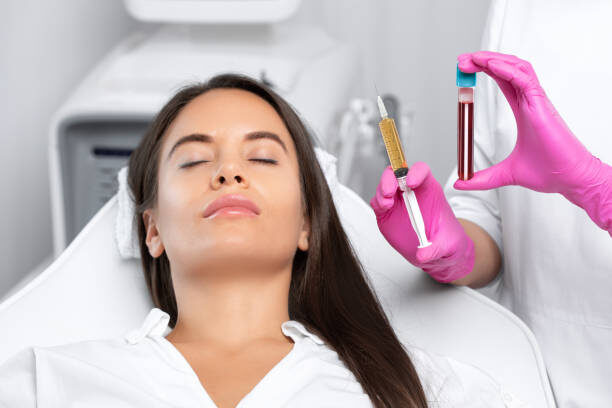
How Many PRP Sessions Do I Need for Hair Restoration?
PRP therapy is also widely used for hair restoration, particularly in treating hair loss in both men and women. PRP stimulates hair follicles, improves scalp circulation, and enhances follicle health, increasing hair growth.
For hair restoration, 3 to 6 PRP treatments are generally recommended, with each session spaced 4 to 6 weeks apart. Research and clinical experience have shown that multiple sessions can significantly boost follicle activity, reduce hair loss, and promote new hair growth.
The effectiveness of the treatment varies among individuals, depending on the extent of hair loss, follicle health, age, and overall health. After the initial series of treatments, we typically recommend maintenance sessions every 6 to 12 months to preserve hair growth and overall scalp health.

Single PRP Treatment vs Series of Treatments
While a single PRP treatment may offer some benefits, particularly for minor skin repairs or early-stage hair loss, the true strength of PRP lies in its cumulative effects. A series of treatments generally provide more durable and noticeable improvements.
The idea behind a series of treatments is to gradually create an environment conducive to tissue repair and regeneration in the targeted area. For example, facial rejuvenation usually requires 3 to 4 sessions, while hair restoration often needs 3 to 6 sessions. After completing the series, most patients experience significant improvements in skin or hair condition.
However, after completing the initial series, you can still find single treatments valuable, especially for maintenance or supplementary therapy. Regular maintenance sessions help sustain the results and delay the progression of ageing or hair loss.
Is Maintenance Treatment Necessary?
In most cases, maintenance treatment is essential to preserve the long-term benefits of PRP therapy. While PRP delivers impressive results, it relies on the body’s natural regenerative abilities, which can diminish over time. Maintenance treatments help prolong and solidify the effects.
For facial rejuvenation, 1 2 yearly maintenance sessions are typically sufficient to maintain skin smoothness and firmness and prevent new fine lines and wrinkles from forming.
In hair restoration, we usually recommend maintenance treatments every 6 to 12 months to keep the follicles healthy and prevent further hair loss.
You should tailor the frequency of maintenance treatments to the individual’s specific needs and the desired longevity of the results. Patients should discuss with their doctor to adjust the maintenance plan for the best outcomes.
How Does PRP Therapy Work?
PRP therapy works by harnessing the growth factors and other bioactive substances found in platelets to stimulate cell repair, regeneration, and the formation of new blood vessels. When you inject PRP into the target area, the platelets release multiple growth factors that attract and activate nearby cells, which then promote collagen production and tissue repair.
In facial rejuvenation, PRP stimulates the deeper layers of the skin to produce collagen, improving skin elasticity, firmness, and texture. PRP enhances follicle activity, improves the scalp environment, and promotes hair growth in hair restoration.
This process occurs gradually, so noticeable results typically appear several weeks to a few months after treatment. As you complete more treatments, the effects become more pronounced and long-lasting.
What Results Can You Expect from PRP Treatment?
Patients typically begin to see initial results from PRP treatment within 3 to 4 weeks, but the most significant improvements usually emerge after completing a full series of treatments. After facial rejuvenation treatments, patients can expect smoother, firmer skin with reduced fine lines and wrinkles and overall improvement in skin health, such as more even skin tone and increased elasticity.
For hair restoration, patients often notice a reduction in hair loss, new hair growth, and increased hair density within a few months. As the treatment progresses, the overall health and appearance of the hair continue to improve.
It’s important to note that the results of PRP therapy vary from person to person. The effectiveness depends on factors such as age, health status, lifestyle, and the body’s response to the treatment. Some patients may require more time or additional sessions to achieve their desired results.
Advantages and Disadvantages of PRP Treatment
Advantages:
- Natural Treatment: PRP uses the patient’s blood components, reducing the risk of allergic reactions or rejection, making it a safe treatment option.
- Versatility: PRP is effective in various applications, including facial rejuvenation, hair restoration, and treating orthopaedic conditions like arthritis and tendon injuries.
- Minimally Invasive: Unlike surgery, PRP is a minimally invasive procedure requiring no hospital stay and a short recovery time.
- Long-Lasting Effects: With treatments and regular maintenance, PRP can provide long-term improvements, particularly in facial rejuvenation and hair restoration.
Disadvantages:
- Variable Results: The outcome of PRP treatment can vary among individuals, with some requiring more time or additional sessions to see significant improvements.
- Multiple Sessions Required: Achieving and maintaining optimal results often requires multiple sessions, which can be time-consuming and costly.
- Delayed Results: PRP is not an instant fix; it typically takes several weeks to months for noticeable improvements to appear, which may be challenging for some patients.
Conclusion
PRP therapy represents a cutting-edge regenerative medical treatment with significant potential in the aesthetic and medical fields. PRP can deliver remarkable results if used for facial rejuvenation or hair restoration. However, the number of treatments, effectiveness, and maintenance needs vary depending on individual circumstances. By working closely with a skilled medical professional, patients can develop a personalized PRP treatment plan that maximizes the benefits and achieves the desired outcomes.

